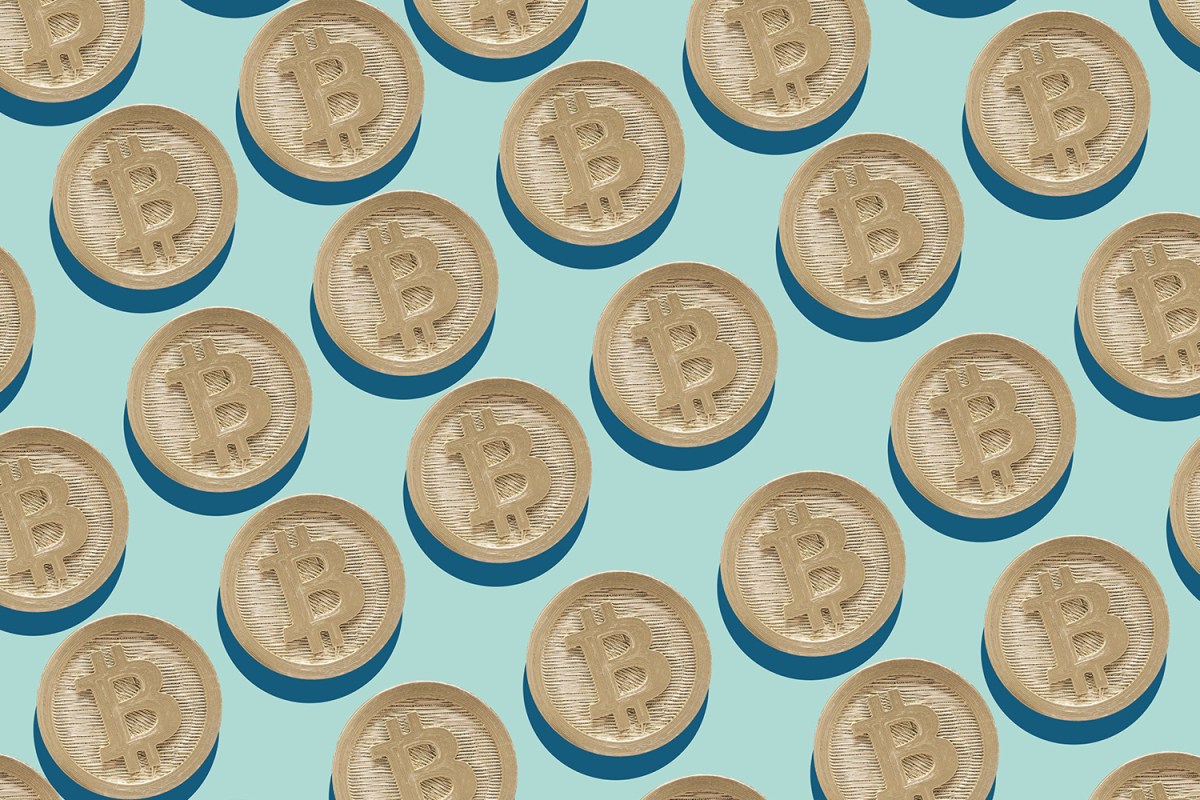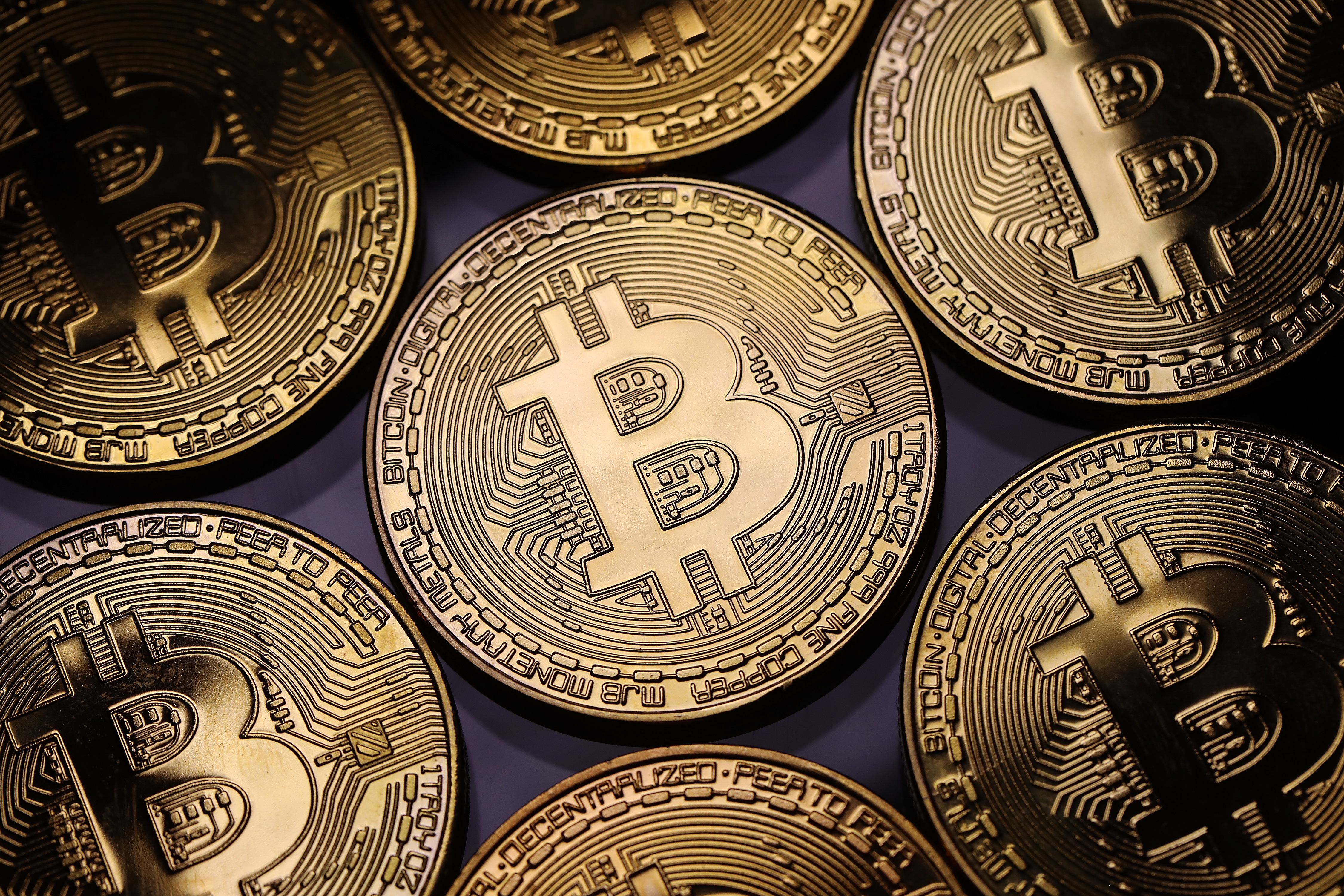It’s been over a decade since the introduction of Bitcoin, the most popular cryptocurrency, but you’d be forgiven for never adding it to your investments — or even still not quite knowing what it is or how it works. After its value reached record highs at the end of 2017, with early crypto adopters like tax-evading John McAfee declaring it wasn’t a bubble because Bitcoin bubbles “are mathematically impossible in this new paradigm,” it turned out to be a bubble, it crashed, and lots of people lost lots of money.
Bitcoin entered a period where many thought of it as a failed experiment, proof that the traditional frameworks of physical currency and stock markets would triumph over the newfangled, digital-native entity. Then, after a smaller slump at the start of the pandemic, the price of Bitcoin started climbing, and climbing, and climbing, and then full-on spiking.
This week, the price of one Bitcoin eclipsed $41,000, over double the price during the 2017 bubble, as reported by Bloomberg. How did this happen after the cryptocurrency became a financial laughingstock in 2018, and especially during the pandemic?
The best explanation is a relatively simple one, as outlined by the Wall Street Journal: “Bitcoin’s price has been rising for months in conjunction with stocks, emerging markets and commodity prices as investors have flocked to riskier assets in response to the aggressive monetary policies enacted by central banks to combat the economic collapse caused by the coronavirus pandemic.”
Essentially, the stock market has been doing gangbusters despite the financial devastation COVID-19 has unleashed on the general public, and that confidence carries over to Bitcoin, the most significant cryptocurrency. Just look at the one-year timeline of the Nasdaq or S&P 500 and you’ll see the trajectory somewhat matches that of Bitcoin.
The differentiating factor came in October 2020 when the cryptocurrency started to slope upwards and skyrocket, far outperforming traditional markets. Oanda analyst Craig Erlam described it to the Journal as a rally “driven by FOMO alone,” but it’s a little more complex than investors not wanting to miss out on huge gains.
The reason the value of Bitcoin is hitting even higher heights than before is because it’s broken more into the mainstream in the last few years, meaning institutional investors feel more confident adding it to their assets and, as Bloomberg writes, there’s less of a barrier to entry for “stuck-at-home day traders” who are happy to engage in “rampant speculation.”
It’s likely that speculation will end badly once again, and the bubble will burst, but when that happens is anyone’s guess.
For those who don’t currently have any skin in the game, should you consider getting into Bitcoin? After all, PayPal and Square have given it their stamp of approval, and it’s likely to continue to see wider acceptance.
On Bloomberg Surveillance, financial journalist Eddie van der Walt offered his take: “In a sense, yes, it’s mainstream in that it is available to everybody, but it is not mainstream in the sense that everybody owns it, everybody should own it and it’s going to impact every portfolio out there.”
In other words, like any casino game investment, it depends on your risk tolerance.
Thanks for reading InsideHook. Sign up for our daily newsletter and be in the know.

















